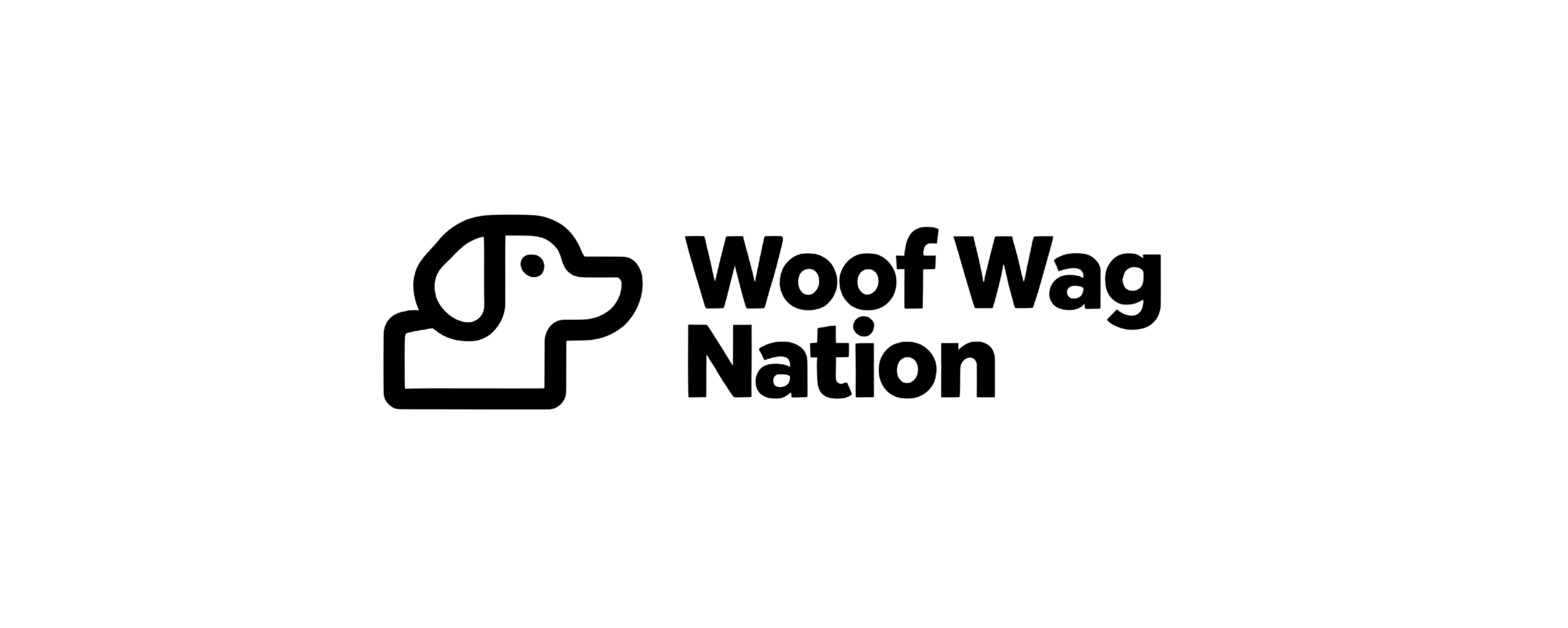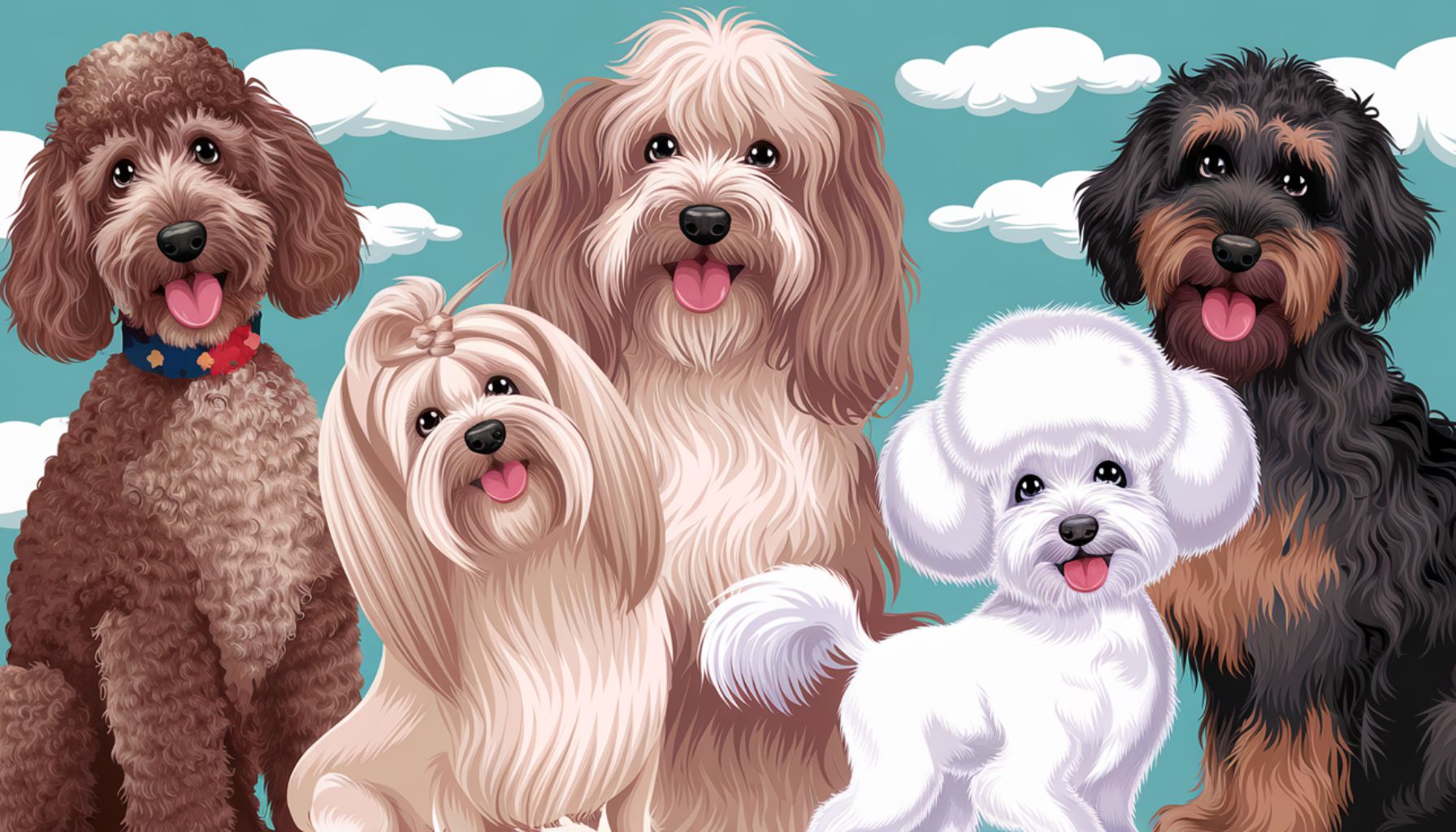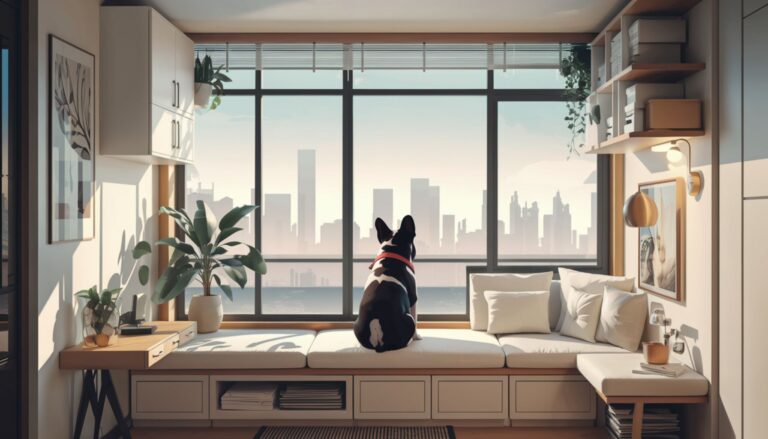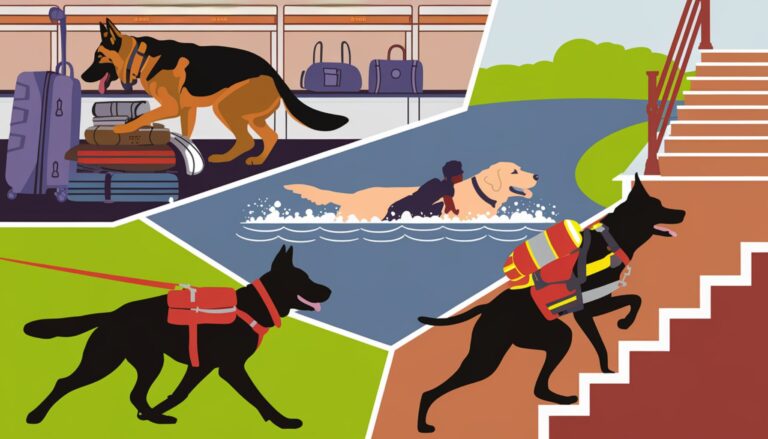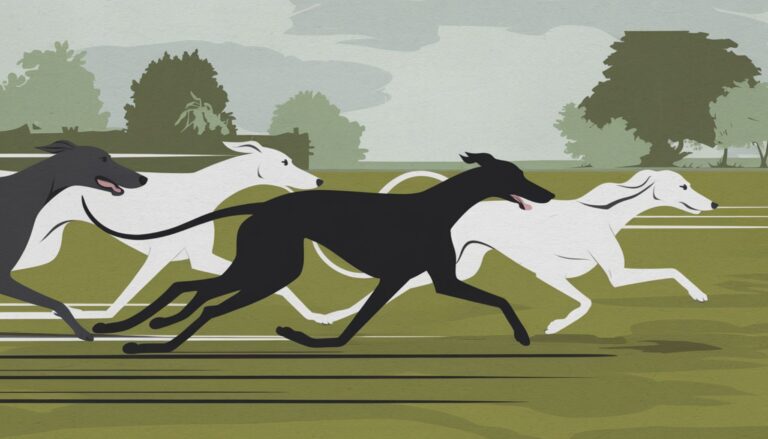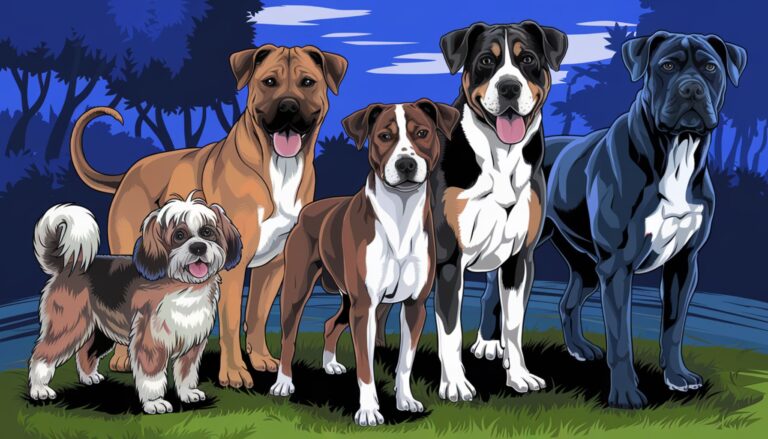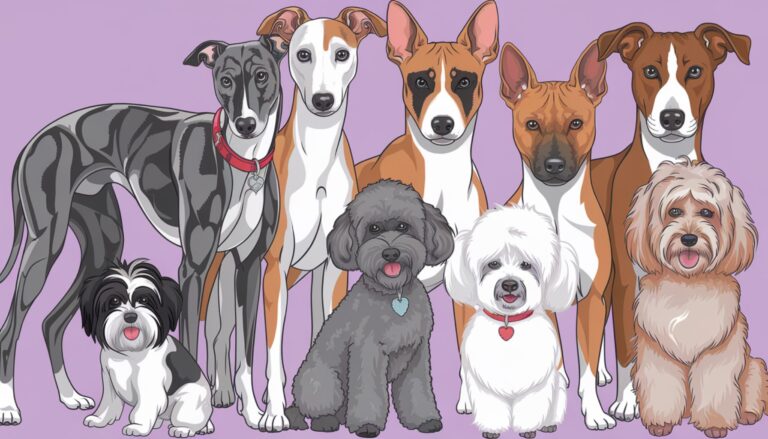No More Fur Flying: Top Dog Breeds That Don’t Shed
Some of our posts on woofwagnation.com contain affiliate links. If you click on an affiliate link and make a purchase, we may receive a commission. Clicking on an affiliate link that earns a commission does NOT result in additional charges or costs you extra. Earnings from affiliate links help keep this website running. See our full affiliate disclosure here.
Ever wondered if you could have a furry companion without the constant battle against tumbleweeds of hair?
Dog breeds that don’t shed might just be your ticket to a cleaner home and a sneeze-free life. These low-shedding canines offer all the love and companionship you crave, minus the fur-covered furniture.
While no dog is completely hypoallergenic, certain breeds can significantly reduce the amount of loose hair and dander in your home.
From tiny lap dogs to energetic water lovers, there’s a low-shedding breed to suit almost every lifestyle and living situation. However, it’s important to note that these breeds often require regular grooming to maintain their coat health.
Whether you’re an allergy sufferer or simply tired of lint rollers, exploring low-shedding dog breeds could open up a world of possibilities for pet ownership.
Your perfect canine companion might be waiting just around the corner, ready to bring joy without the extra cleaning.
Key Features of Low-Shedding Dog Breeds
Coat Type
Hair-like coats that grow continuously, similar to human hair
Grooming Needs
Regular grooming required to maintain coat health and minimize loose hair
Allergen Reduction
Produce fewer allergens, making them more suitable for allergy sufferers
Reduced Cleaning
Less shedding means less fur around the home and easier maintenance
Key Takeaways
- Low-shedding breeds: Dogs with hair-like coats that grow continuously
- Not truly hypoallergenic: No dog is 100% allergy-free, but these breeds produce fewer allergens
- Regular grooming: Essential for maintaining the coat of low-shedding dogs
- Variety of options: From tiny lap dogs to energetic water dogs, there’s a low-shedding breed for every lifestyle
- Health benefits: Reduced allergens can be beneficial for allergy sufferers
- Cleaner home: Less shedding means less time spent cleaning up loose fur
- Personalized choice: Consider factors like size, energy level, and temperament when choosing a breed
| Statistic | Percentage | Notes | Source |
|---|---|---|---|
| People with allergies reacting to cats and dogs | 30% | Cat allergies are about twice as common as dog allergies | [2] |
| U.S. households with pets | 67% | Equivalent to 84.9 million homes | [3] |
| U.S. residences with animal allergens | 90% | Includes homes without pets | [3] |
The Low-Down on Low-Shedding Dogs
Low-shedding dogs aren’t mythical creatures – they’re real, and they’re fantastic! These breeds have hair-like coats that grow continuously, similar to human hair, rather than shedding seasonally like most dogs. This unique characteristic means less loose fur around your home and potentially fewer allergens in the air.
However, it’s important to understand that no dog is truly hypoallergenic. While these breeds produce less dander (the primary cause of pet allergies), they can still trigger reactions in highly sensitive individuals.
The concept of hypoallergenic dogs has been a topic of debate in the pet world. Many people believe these dogs are completely allergy-free, but that’s not quite accurate.
Low-shedding breeds simply produce fewer allergens, making them a better choice for those with mild to moderate allergies. It’s always best to spend time with a specific dog before bringing them home to ensure compatibility with your allergy sensitivities.
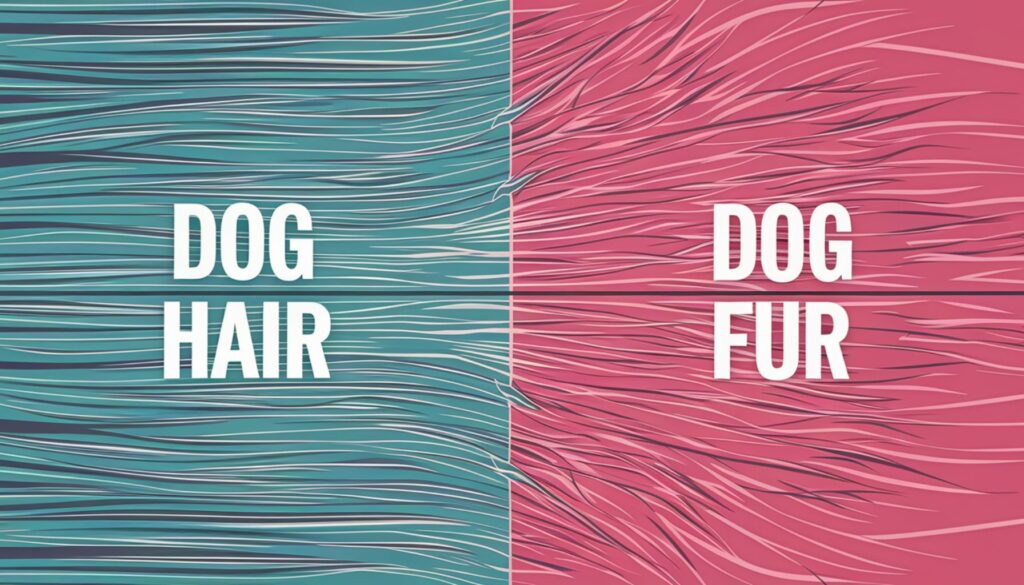
Top Dog Breeds That Keep the Fur at Bay
Ready to meet your potential new best friend?
These 10 dog breeds are known for their low-shedding coats and allergy-friendly qualities:
- Poodle: The quintessential low-shedding breed, Poodles come in three sizes (Standard, Miniature, and Toy) to fit any living situation. Their curly, wool-like coat traps loose hair and dander, making them an excellent choice for allergy sufferers.
- Maltese: These tiny white fluffballs are perfect for apartment living. Their silky, long coat sheds minimally and produces less dander than many other breeds.
- Bichon Frise: With their cheerful personality and cotton-ball appearance, Bichons are a joy to have around. Their curly double coat sheds very little, trapping loose hair until it’s brushed out.
- Portuguese Water Dog: Made famous by the Obama family, these energetic water lovers have a coat similar to Poodles. They’re great for active families and those who enjoy water activities.
- Yorkshire Terrier: Don’t let their long, silky coat fool you – Yorkies shed very little. Their hair is more similar to human hair than fur, making them a popular choice for allergy sufferers.
- Soft-Coated Wheaten Terrier: These medium-sized dogs have a soft, wavy coat that sheds minimally. They’re known for their friendly temperament and make great family pets.
- Schnauzer: Available in Miniature, Standard, and Giant sizes, Schnauzers have a wiry double coat that sheds very little. They’re intelligent, loyal, and make excellent watchdogs.
- Chinese Crested: For those who prefer a nearly hairless option, the Chinese Crested comes in both hairless and “powderpuff” varieties. The hairless type has soft, smooth skin with tufts of hair on the head, tail, and feet.
- Basenji: Known as the “barkless dog,” Basenjis have short, fine coats that shed minimally. They’re clean and cat-like in their grooming habits, making them low-maintenance pets.
- Xoloitzcuintli: Also known as the Mexican Hairless, this ancient breed comes in both hairless and coated varieties. The hairless type requires minimal grooming and is an excellent choice for allergy sufferers.
Grooming: The Trade-Off for Less Shedding
While low-shedding breeds offer the benefit of less fur around your home, they do require regular grooming to keep their coats healthy and mat-free. The continuous growth of their hair means more frequent trips to the groomer or dedicated time for at-home coat care. This trade-off is often well worth it for those seeking a cleaner living space or relief from allergies.
Establishing a regular grooming routine is essential for maintaining the coat of a low-shedding dog. Daily brushing helps remove loose hair and prevents matting, especially for longer-coated breeds like the Maltese or Yorkshire Terrier. For curly-coated breeds like Poodles and Bichon Frises, regular brushing and occasional trimming help keep their coat in top condition.
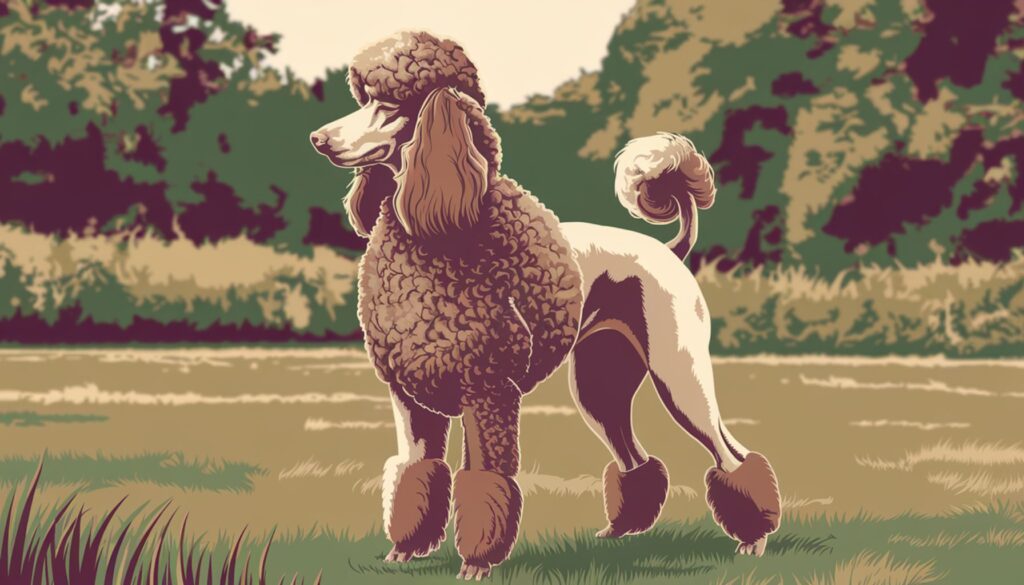
Professional grooming is often necessary for many low-shedding breeds, particularly those with continuously growing hair. Regular visits to a professional groomer can help maintain the proper coat length and style, as well as address any potential skin issues. While this may seem like extra work, many owners find the reduced shedding and cleaner home environment well worth the grooming commitment.
| Breed | Coat Type | Grooming Needs | Source |
|---|---|---|---|
| Poodle | Curly, low-shedding | High, requires regular professional grooming | [3] |
| Maltese | Silky, long, low-shedding | High, daily brushing required | [4] |
| Bichon Frise | Curly, low-shedding | High, regular grooming and trimming needed | [2] |
| Portuguese Water Dog | Wavy or curly, low-shedding | High, regular brushing and trimming required | [5] |
Living with a Low-Shedding Dog
Life with a low-shedding dog can be a breath of fresh air – literally! For allergy sufferers, these breeds can mean the difference between constantly battling symptoms and enjoying life with a furry companion. The reduced amount of airborne dander can lead to fewer allergy flare-ups and a more comfortable living environment.
One of the most noticeable benefits of living with a low-shedding dog is the reduced cleaning requirements. Say goodbye to lint rollers on every surface and daily vacuuming sessions. While no dog is completely maintenance-free, low-shedding breeds significantly cut down on the amount of loose fur in your home, making it easier to keep your living space clean and tidy.
However, potential owners should consider that low-shedding doesn’t mean no maintenance. These dogs still require regular grooming, exercise, and attention like any other breed. The time you save on cleaning up fur may be spent on grooming or trips to the professional groomer. It’s all about finding the right balance for your lifestyle and preferences.
| Statistic | Percentage | Notes | Source |
|---|---|---|---|
| Global population with pet allergies | 10-20% | Includes allergies to both dogs and cats | [1] |
| U.S. population with dog allergies | 5-10% | Specific to dog allergies in adults | [7] |
| U.S. households with pets | 67% | Equivalent to 84.9 million homes | [8] |
| U.S. homes with animal allergens | 90% | Includes homes without pets | [8] |
Choosing the Right Low-Shedding Breed for You
Selecting the perfect low-shedding dog breed involves more than just considering their coat type. Factors such as size, energy level, and temperament play crucial roles in finding the right match for your lifestyle. A high-energy Portuguese Water Dog might not be the best fit for a small apartment, while a tiny Maltese might not keep up with an active, outdoorsy family.
Take time to research different breeds and their characteristics. Consider your living situation, activity level, and the amount of time you can dedicate to grooming and exercise. Some low-shedding breeds, like Poodles and Schnauzers, are highly intelligent and require plenty of mental stimulation. Others, like the Bichon Frise, are more laid-back and adaptable to various lifestyles.
Meeting the dog in person before making a commitment is crucial, especially if you have allergies. Spend time with the breed you’re interested in to see how you react and if their personality meshes well with yours. Remember, bringing a dog into your life is a long-term commitment, so it’s worth taking the time to find the perfect match.
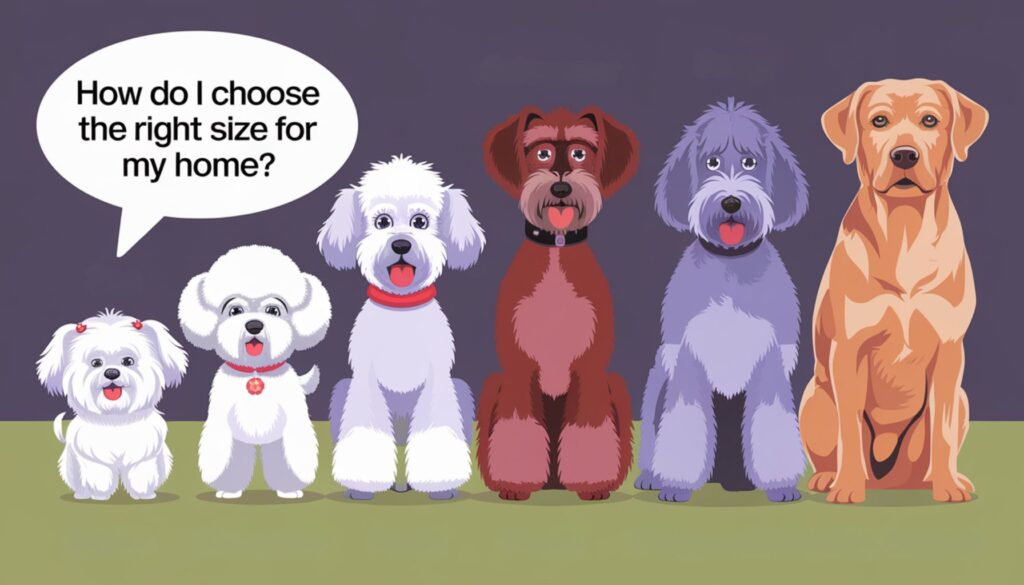
Product Recommendations
For owners of low-shedding dog breeds, certain products can make grooming and care easier, helping maintain that beautiful, low-shedding coat. These items are specifically chosen to address the unique needs of dogs with hair-like coats, promoting healthy skin and fur while minimizing allergens in your home.
Low-shedding breeds require special attention when it comes to grooming and maintenance. These recommendations focus on tools and products that help keep your dog’s coat in top condition, reduce allergens, and make living with a low-shedding breed even more enjoyable.
- FURminator Undercoat deShedding Tool: While low-shedding breeds don’t have typical undercoats, this tool can help remove loose hair from dogs like Schnauzers or Soft Coated Wheaten Terriers.
- Hertzko Self Cleaning Slicker Brush: Perfect for detangling and removing loose hair from curly-coated breeds like Poodles and Bichon Frises.
- Earthbath Hypo-Allergenic Grooming Wipes: These wipes are great for quick clean-ups between baths, helping to reduce dander and keep your low-shedding dog’s coat clean.
- Chris Christensen Big G Slicker Brush: Ideal for longer-coated breeds like Maltese and Yorkshire Terriers, this brush helps prevent matting and removes loose hair.
- Bissell Pet Hair Eraser Handheld Vacuum: While low-shedding breeds produce less fur, this handheld vacuum is perfect for quick clean-ups of any stray hairs.
- Aquapaw Pet Bathing Tool: Makes bath time easier and more efficient, ensuring thorough cleaning of your low-shedding dog’s coat.
- Safari Professional Nail Trimmer: Regular nail maintenance is important for all dogs, including low-shedding breeds, to prevent discomfort and potential health issues.
These products address common needs for owners of low-shedding breeds, such as regular grooming, coat maintenance, and overall cleanliness. They’re designed to make caring for your low-shedding dog easier and more effective, helping to maintain their coat health and minimize allergens in your home.
Further Reading
Expanding your knowledge about low-shedding dog breeds and their care can help you make informed decisions and provide the best possible life for your furry friend. The following articles offer valuable insights into various aspects of owning and caring for low-shedding dogs, from breed selection to grooming techniques.
- Dog Breeds: This comprehensive guide to different dog breeds can help you compare low-shedding options and find the perfect match for your lifestyle.
- 10 Smartest Dog Breeds: Many low-shedding breeds, like Poodles and Schnauzers, are known for their intelligence. This article explores the characteristics of smart dog breeds and how to keep them mentally stimulated.
- Dog Nutrition and Diet: Proper nutrition plays a crucial role in maintaining a healthy coat. Learn about the best dietary practices for keeping your low-shedding dog’s coat in top condition.
- 9 Family-Friendly Dog Breeds: Many low-shedding breeds make excellent family pets. This article helps you understand which breeds might be best suited for households with children.
- 10 Low-Maintenance Dog Breeds: While low-shedding doesn’t always mean low-maintenance, this article can help you find breeds that balance minimal shedding with overall ease of care.
These articles provide a wealth of information to complement your understanding of low-shedding dog breeds. From selecting the right breed for your family to maintaining your dog’s health and happiness, these resources offer valuable insights for both new and experienced dog owners.
Frequently Asked Questions About Dog Breeds That Don’t Shed
Q: Are there truly hypoallergenic dogs?
A: While no dog is 100% hypoallergenic, low-shedding breeds produce fewer allergens, making them a better choice for allergy sufferers. These breeds typically have hair-like coats that shed minimally and produce less dander.
Q: Do low-shedding dogs require more grooming?
A: Yes, most low-shedding breeds require regular grooming to maintain their coat health. This often includes daily brushing and regular professional grooming to prevent matting and keep their continuously growing hair at a manageable length.
Q: Which low-shedding breed is best for families with children?
A: Several low-shedding breeds are great with kids, including Poodles, Bichon Frises, and Soft Coated Wheaten Terriers. However, individual dog temperament can vary, so it’s important to meet the specific dog and assess their personality before bringing them into your family.
Q: Can low-shedding dogs still trigger allergies?
A: Yes, they can. While these breeds produce fewer allergens, they still produce some dander and saliva, which are the primary causes of dog allergies. People with severe allergies should spend time with a specific dog before committing to ensure compatibility.
Q: How often should I bathe my low-shedding dog?
A: The frequency of baths depends on the specific breed and your dog’s lifestyle. Generally, most low-shedding breeds can be bathed every 4-6 weeks. However, some may require more frequent baths, especially if they have a white coat or spend a lot of time outdoors.
Test Your Knowledge: Low-Shedding Dog Breeds Quiz
Final Thoughts
Low-shedding dog breeds offer a fantastic solution for those seeking the companionship of a canine friend without the constant battle against fur.
From the intelligent Poodle to the cheerful Bichon Frise, these breeds provide a range of options to suit various lifestyles and preferences.
While they may require more grooming attention, the benefits of reduced shedding and fewer allergens make them an excellent choice for many dog lovers.
Remember, choosing a dog is a significant decision that impacts your life for years to come. Take the time to research different breeds, consider your lifestyle, and meet potential pets in person before making your choice.
With the right match, you'll enjoy all the love and companionship a dog can offer, with the added bonus of a cleaner home and easier breathing.
Woof Wag Nation is here to support you on your journey to finding the perfect low-shedding companion.
Whether you're a first-time dog owner or an experienced pet parent, we're committed to providing the resources and information you need to make the best decisions for you and your furry friend.
We Want to Hear From You
Have you had experience with low-shedding dog breeds?
What challenges or joys have you encountered?
Your insights could be invaluable to other readers considering a low-shedding dog.
Share your stories, ask questions, or offer advice in the comments below.
Let's build a community of knowledge to help everyone find their perfect canine companion!

About the Author: Cal Hewitt
Cal Hewitt is a seasoned content creator specializing in dog training and grooming. With years of experience writing for top dog service sites and a deep understanding of the challenges pet owners face, Cal delivers practical, research-backed advice to help you build a better relationship with your furry friend. From behavior tips to grooming guides, his articles aim to provide real solutions to common problems. Want to learn more about Cal and his approach to helping dog owners? Check out his full bio below.
